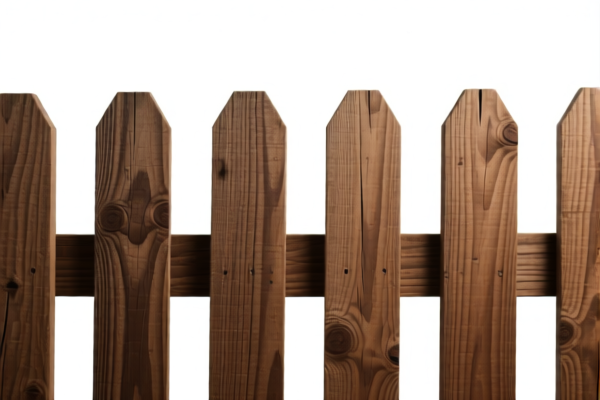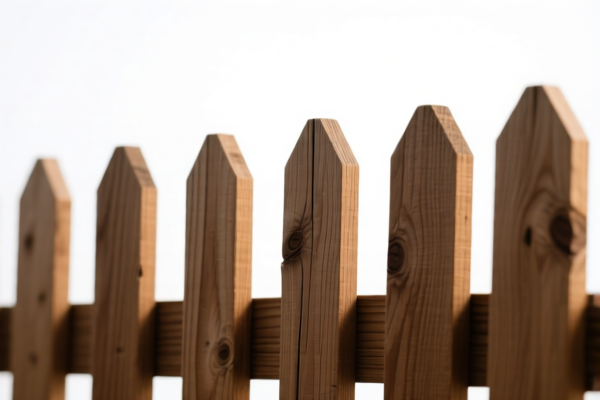| HS Code | Official Doc | Tariff Rate | Origin | Destination | Effective Date |
|---|---|---|---|---|---|
| 8544493040 | Doc | 60.3% | CN | US | 2025-05-12 |
| 8544493080 | Doc | 60.3% | CN | US | 2025-05-12 |
| 9001909000 | Doc | 55.0% | CN | US | 2025-05-12 |
| 8504909690 | Doc | 55.0% | CN | US | 2025-05-12 |
| 7310100090 | Doc | 80.0% | CN | US | 2025-05-12 |
| 7310290065 | Doc | 80.0% | CN | US | 2025-05-12 |
| 7326908635 | Doc | 82.9% | CN | US | 2025-05-12 |
| 7215905000 | Doc | 30.0% | CN | US | 2025-05-12 |
| 7215500090 | Doc | 30.0% | CN | US | 2025-05-12 |
| 3926903000 | Doc | 59.2% | CN | US | 2025-05-12 |
| 3926909987 | Doc | 42.8% | CN | US | 2025-05-12 |
| 3925900000 | Doc | 60.3% | CN | US | 2025-05-12 |
| 3925100000 | Doc | 61.3% | CN | US | 2025-05-12 |




Electric Fence Posts
Electric fence posts are structural components used to support electrified wires or tapes, creating a barrier to contain livestock or deter other animals. They function by delivering a non-lethal electric shock to animals that contact the electrified element, discouraging them from crossing the fence line.
Material
Electric fence posts are constructed from a variety of materials, each offering different characteristics in terms of durability, cost, and ease of installation:
- Steel: Steel posts are the most durable option, offering high strength and longevity. They are typically galvanized to prevent rust and corrosion. Often used for permanent or semi-permanent fencing.
- Fiberglass: Fiberglass posts are lightweight, strong, and non-conductive. They are resistant to rot, corrosion, and UV degradation. Commonly used for temporary or portable fencing, and in areas with corrosive soils.
- Plastic (Polyethylene): Plastic posts are the most affordable option, being lightweight and easy to install. They are suitable for temporary fencing and low-intensity applications. They are less durable than steel or fiberglass.
- Wood: While less common now, wood posts (typically treated pine) can be used, but require regular maintenance to prevent rot and are less conductive than other options.
Purpose
The primary purposes of electric fence posts are:
- Livestock Containment: Keeping animals within designated areas (pastures, paddocks, corrals).
- Predator Control: Deterring animals like deer, coyotes, and bears from entering gardens, orchards, or livestock areas.
- Crop Protection: Preventing animals from accessing crops.
- Temporary Subdivision: Creating temporary fencing for rotational grazing or managing livestock movement.
Function
Electric fence posts function in conjunction with other components:
- Insulators: Attached to the posts, insulators prevent the electric current from grounding, ensuring the shock is delivered to the animal.
- Electric Fence Wire/Tape/Rope: The conductive element carrying the electric current.
- Energizer (Charger): The power source that delivers the electric pulse to the wire/tape/rope.
- Grounding System: Essential for the energizer to function correctly; typically multiple grounding rods driven into the earth.
Usage Scenarios
- Pasture Management: Creating rotational grazing systems, dividing pastures for controlled grazing.
- Farm/Ranch Perimeter Fencing: Securing property boundaries and containing livestock.
- Gardens and Orchards: Protecting plants from deer, rabbits, and other pests.
- Temporary Holding Pens: Creating temporary enclosures for livestock handling.
- Wildlife Control: Deterring animals from specific areas.
Common Types
- Corner Posts: Heavier duty posts used at the ends and corners of the fence line, providing stability and support. Often steel.
- Line Posts: Standard posts spaced evenly along the fence line. Can be steel, fiberglass, or plastic.
- Intermediate Posts: Used between line posts for additional support, particularly on uneven terrain.
- Step-in Posts: Designed for temporary fencing with pointed ends for easy installation and removal. Typically plastic or fiberglass.
- End Posts: Used at the ends of a fence run, often with a special insulator for terminating the wire.
Electric fence posts are articles of iron or steel, studded with corrugations, knobs, studs, notches or similar protrusions, with or without anchor plates. They are used for agricultural fencing, providing a grounded or electrified barrier for livestock containment.
The following HS codes are relevant:
-
7326908635: Other articles of iron or steel. This code specifically covers fence posts studded with corrugations, knobs, studs, notches or similar protrusions, with or without anchor plates.
- 73: Articles of iron or steel.
- 26: Other articles of iron or steel.
- 90: Other.
- 86: Fence posts.
- 35: Studded with corrugations, knobs, studs, notches or similar protrusions, with or without anchor plates.
-
7310100090: Tanks, casks, drums, cans, boxes and similar containers, of iron or steel, of a capacity not exceeding 300 liters, whether or not lined or heat insulated, but not fitted with mechanical or thermal equipment: Of a capacity of 50 liters or more. Note: If the posts are hollow and function as reservoirs for the electric current, this code may be applicable.
- 73: Articles of iron or steel.
- 10: Tanks, casks, drums, cans, boxes and similar containers.
- 10: Of a capacity not exceeding 300 liters.
- 00: Whether or not lined or heat insulated.
- 90: Of a capacity of 50 liters or more.
-
7326908635: Other articles of iron or steel. Note: If the posts are not hollow and do not function as reservoirs for the electric current, this code is the most applicable.
- 73: Articles of iron or steel.
- 26: Other articles of iron or steel.
- 90: Other.
- 86: Fence posts.
- 35: Studded with corrugations, knobs, studs, notches or similar protrusions, with or without anchor plates.
Regarding HS code 7326908635, please note the need to verify the material as iron or steel. The total tax rate is 82.9%, comprising a 2.9% basic tariff, a 25.0% additional tariff, and a 30.0% additional tariff applicable after 2025.4.2, plus a 25% additional tariff for steel and aluminum products.
Customer Reviews
No reviews yet.